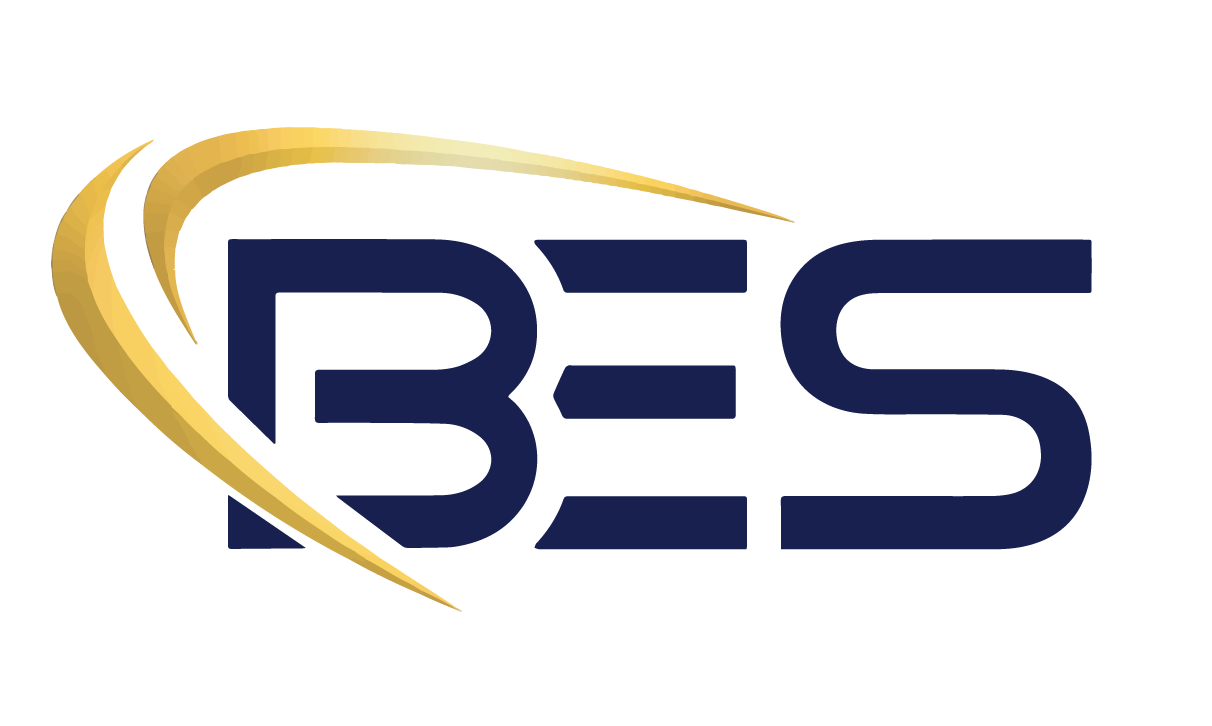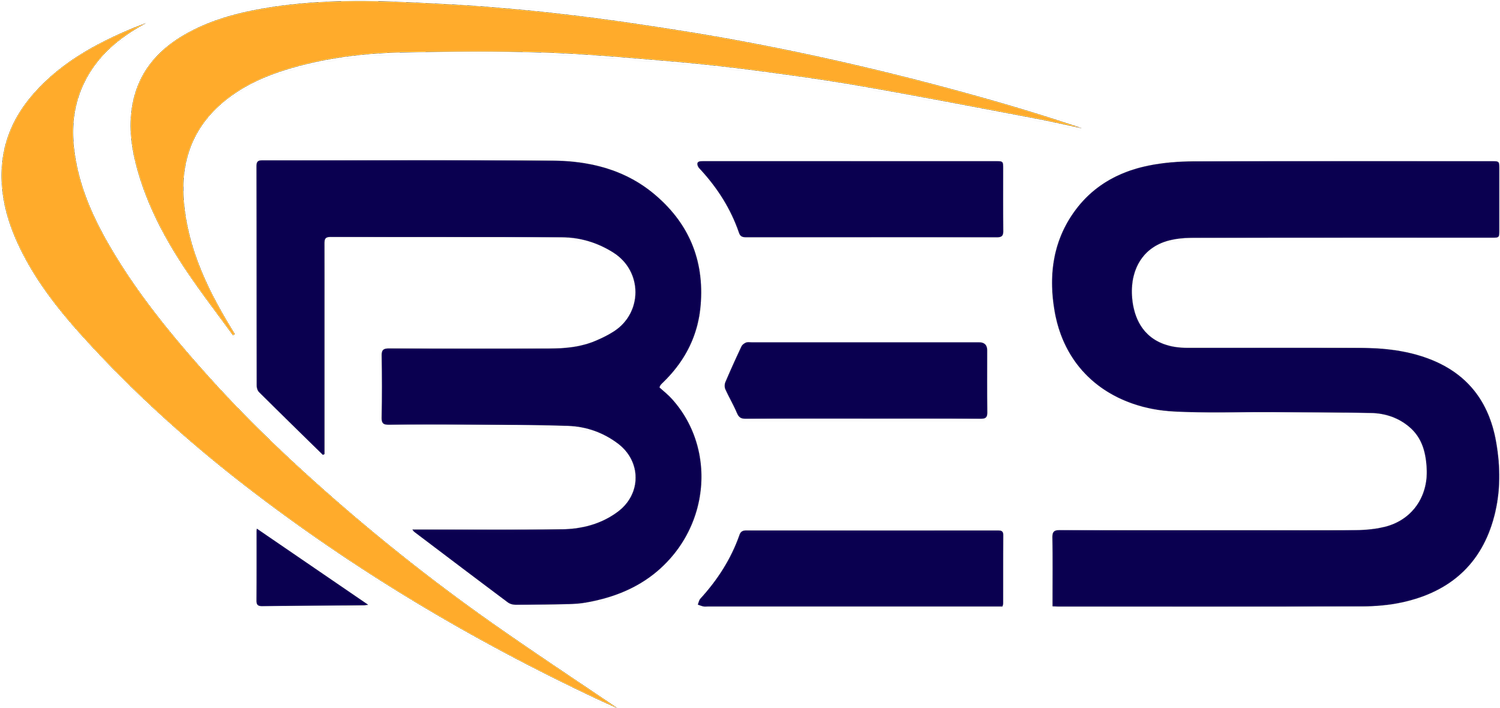The Human Side of Situational Awareness: One Size Doesn't Fit All
Discovering Solutions Based on the People, Not Just the Problem
We are all different. We differ in not only the ways in which we observe the world around us but also in how we interpret what we see and hear. These individualized interpretations impact every aspect of our lives – from work to play to the ways in which we view and overcome challenges in both professional and personal arenas. Although we all feel the stresses that challenge present, we are different in how we react to them, how they shape our perception of reality, how we are able to process information, and – ultimately – how we make decisions.
This is not new information. Anyone who has sat through a meeting, been present in an emergency operations center, or interacted with people in high-stress situations knows that the unique ways in which we all process and handle stress can often present additional hurdles while trying to accomplish a task. In the public safety environment, where lives are potentially at stake, the last thing we want is for a misunderstanding, miscommunication, or misrepresentation to occur because we neglect to consider how people observe and interpret information.
Common Operating Pictures: One View Fits All?
While many of us acknowledge that the ways in which we approach tasks may not be the same approach a colleague would take, why do we still adhere to the practice that one view fits all of our needs? The term “common operating picture” oversimplifies the complexity of what is needed for each person to gain the situational awareness unique to her role.
When we talk about situational awareness, the conversation usually devolves into a technology, application, or solution that allows groups of people to visualize the complicated components of an event in the same form. These solutions, coined as common operating pictures, are designed to present information in a standardized way to decision-makers and responders across the public safety enterprise for the sole purpose of making a decision based on their perception of this information.
The true challenge is that typical common operating pictures do not necessarily address the differences between the elements and domains present across the enterprise. Public safety is made up of professionals from numerous agencies and disciplines, each with unique training, missions, cultures, and data. Despite sharing the common title of “Public Safety,” the experiences and roles of each discipline – from law enforcement officers to firefighters to emergency managers and on to EMS professionals – vary dramatically.
This, of course, is just for those disciplines commonly referred to when talking about the core “public safety sector.” The expanse of knowledge, training, roles, and tasks grows even wider when adding other key partners like military, private industry, transportation, critical infrastructure owners/operators, and administrative personnel to the list. Many industries involve many people with many experiences that may result in even more variations in how those on teams perceive information and respond to stressful situations.
With that in mind, should all of these entities use the same common operating picture? If not, what is the alternative?
Solutions for Those Who Need Options
Fortunately, the mobility and configurability of today’s technology make this particular challenge easier for teams to accomplish. Rather than relying on a single common operating picture that is trying to be everything to everyone, applications that are mission-focused or even role-focused can be quickly built and tailored to the needs of the diverse individuals devising strategies and making the decisions, all using the same authorized, vetted, and interoperable data. These distinctive views are easily deployed across an organization or to a subset of it to encourage collaboration and awareness, making it easier to share information in ways that can be clearly interpreted and minimize the opportunity for miscommunication or misrepresentation.
Making the move from a single-view, “cookie cutter” approach in an Emergency Operations Center to one tailored to those in the room sounds daunting. We know. It is a challenge that many organizations have had to overcome after realizing that their current approach – and its investment of scarce resources– is either not sufficient or simply does not provide the right answers to the questions being asked. We have found that deploying geospatial mission-centric applications based on roles and scenarios accomplishes more in a shorter amount of time than resorting to a one-size-fits-all view. By narrowing the focus of each view, we are able to provide models that better address the real issue – mitigating and/or responding to challenges rather than worrying if teams are viewing the same information in the same way while simultaneously flattening the training curve and other barriers to use.
Fortunately, there is a way to move forward. The first step is to identify the questions each role needs to answer and when. The second step is to identify the data that can help with answering the questions. The final step is to set up the solution(s) to ensure the right information is displayed as needed and quickly train staff on how to use the focused application to support their mission. Bent Ear Solutions helps with all of this.
Those working in high-stress, fast-paced environments deserve solutions that keep their distinctive training, experiences, roles, and goals in mind – all of those Individual Factors that impact their situational awareness. By providing the right information, in the right way, to the right person, at the right time, we are able to minimize the complexity of the information being consumed and the time it would otherwise take to get staff to a point of true understanding. This leads to faster, more accurate decision making and a more effective response.







